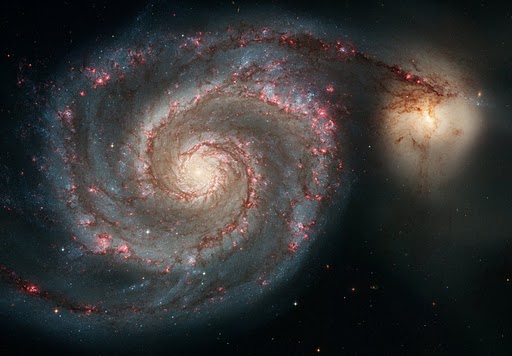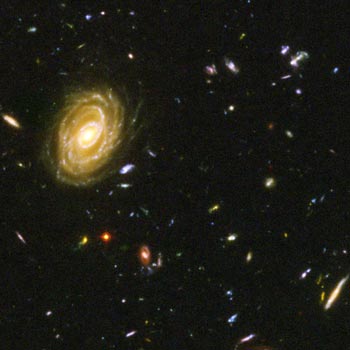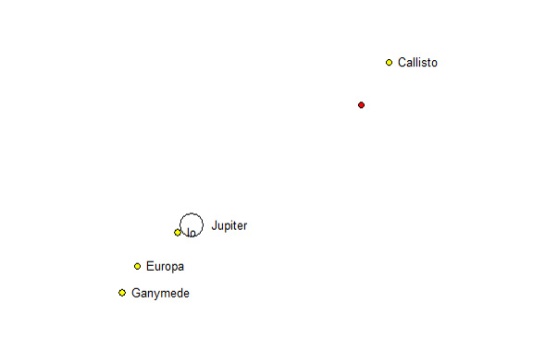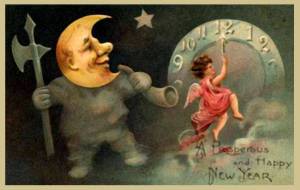Since the time of Galileo four hundred years ago, astronomers have used telescopes to see the sky. Since 1839 people have tried to take photographs through telescopes. Now, anyone with an internet connection – and a credit card – can take their own photos through professional-grade telescopes.
It’s called remote astrophotography, and I’ve been getting interested in giving this a try. I haven’t done so yet myself, mostly because I don’t have a good home internet connection yet. This seems to be a good reason to get one, and I hope to report back later this winter with some results of my own. In the mean time, I thought I’d report here on this intriguing idea.
A variety of companies are now operating telescopes in places with good conditions for astronomy and offering them up on-line, with equipment and software that allows paying users to control them remotely. What’s more, these set-ups are designed for astrophotography. The telescopes are equipped with specialized CCD cameras designed for astrophotography. The lure of remote astrophotography is not just being able to use these telescopes to see on-line. They can take amazing photographs and deliver them to your home computer.
Costs for this service range from an annual subscription of around $150 at SLOOH Space Camera (http://www.slooh.com/slooh-home.php) to a fee per use running up to $100/hr at LightBuckets (http://www.lightbuckets.com/index.php), MyTelescope.com (http://www.mytelescope.com/index.html), or iTelescope (http://www.itelescope.net/). There are likely others out there, too.

A NASA image of M51 and NGC5194. M51, a magnificent spiral also called the Whirlpool Galaxy, is on the left. It is interacting with M51b or NGC5194, the dwarf galaxy on the right. They are located south of Canis Major, in the constellation Canes Venatici. These galaxies are well within the scope of amateurs to image. An astrophotograph of these galaxies taken by amateur astronomer Martin Pugh won the 2012 Astronomy Photography of the Year Award. (See this link for the contest: http://www.universetoday.com/97469/the-universe-shines-for-astronomy-photographer-of-the-year-winners/)
In some cases, users have to download specialized software like CCDCommander (http://ccdcommander.com/) that gives users complete control from their desktops, and even allows pre-programming of the functions of the telescope.
There are several reasons why remote astrophotography is very attractive. One of the most important from an image quality perspective is that the telescopes involved can be set up in remote locations with excellent dark skies and clear weather, such as in Arizona or even Chile. Users don’t have to make a trek to those locations to take advantage of the conditions. Another big consideration is cost. The camera, telescope, mount, and observatory systems set up by these companies can easily be worth $15,000 to $20,000 each or more. Renting some time on these set-ups is a lot more attractive than having to buy hundreds of kilos of very pricey kit. Furthermore, the remote telescopes are set up and maintained by experts. Even if money was no object, there’s a very long technical learning curve to really be proficient with big ‘scopes – years in many cases. Renting sidesteps all of that and can give you excellent results in hours, not years.
Remote astrophotography is not limited to by-the-hour rentals, either. Some people who are able to purchase their own telescopes chose to have them installed at remote locations for the same reasons as these rentals are located there: better sky conditions than at home. Clearly an expensive proposition, these private observatories have the potential to allow for many hundreds of hours of observing and photography that would be impossible under any circumstances other than moving to a dark sky location. Some people are able to take up that option, too.










